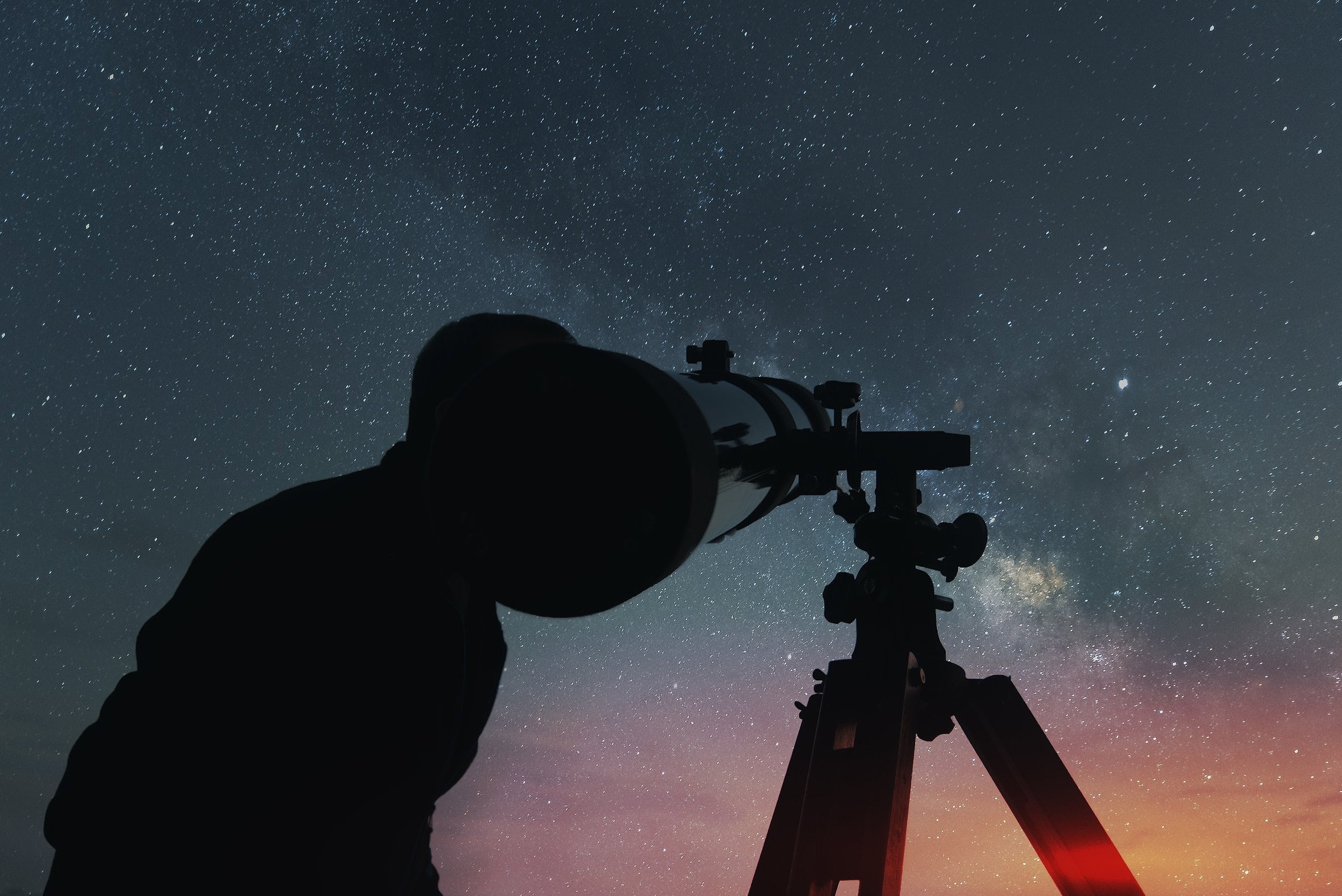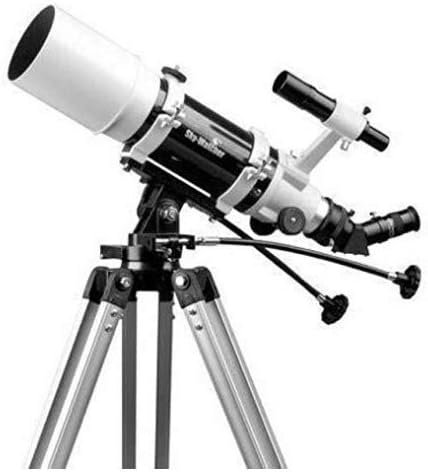
Wondering What Telescope To Buy?
This guide gives you options at each price point depending on what your astronomy goals are and what targets you would like to see!
Note: I am not sponsored by any manufacturers. However, some links are affiliate links for retailers like Amazon and All-Star Telescope.
What TYPE of telescope should you get?
Use this flowchart to determine which type telescope is for you by considering the following questions: Who will be using it, what are you looking at, where are you observing from, and what is your budget?
The “Rules” and “Red Flags” when choosing a beginner telescope.
Kid’s telescopes around $200
Celestron FirstScope
-
Super Easy to Use
Can be used from toddlers to adults
-
Doesn’t come with a finder, must buy seperately
Sky-Watcher Heritage 130mm
-
Collapsable making it easier to move
Great value
Comes with finder and eyepiece
-
Tabletop design (difficult to use without a solid table)
Explore Scientific FirstLight 80mm Refractor
-
Easy to Use
Quality finder and eyepiece
Great views of Moon
-
Small Aperture (I typically recommend 100mm or greater)
No slow-motion controls
Beginner telescopes for those on a budget of about $300
StarSense Tabletop Dobsonian (114mm or 130mm)
-
Parabolic primary mirrors (not bird jonesed)
-
Kellner style eyepieces (upgrade recommended)
Requires a solid table to sit on
Sky-Watcher StarTravel 102mm Refractor
-
High Quality optics
Slow motion controls
Plossl Eyepiece
-
Recommend replace the finderscope with red dot
Replace 45-degree diagonal with 90-degree diagonal
StarSense 102 DX (popular science edition)
-
Lots.
Slow motion controls
Great optics
Starsense is really, quite a lot of fun
-
Focuser cannot accept 2 inch eyepieces (not a big deal)
Beginner astrophotography setup for around $500
ZWO Seestar S50
-
All-in-one imaging
Small and portable
Beginner motorized Go-To telescopes on a moderate budget ($400-$1000)
Sky-Watcher Virtuoso GTi (130mm and 150mm versions)
-
Great Optics
Very Portable
Great for Electronically Assisted Observing
-
Eyepiece could use an upgrade.
Cannot be used for high quality astrophotography
Celestron NexStar 6se
-
Cheaper and more compact then SE Series
Amazing views of the planets.
-
Not designed for Deep Sky Astrophotography
Visual Astronomy For those with a budget over $1000
Celestron Starsense Explorer 12" Dobsonian
-
High Aperture provides incredible all-around views
StarSense makes finding targets a breeze
-
Heavy
Celestron NexStar Evolution 8
-
All Around fantastic scope.
Great for planets
Controlled via a star map on an app
Rechargeable Internal power supply
Can be modified with a wedge for astrophotography
-
None
Note:
I own, or have owned, each telescope (or at least a variant) listed here.
I am not sponsored by any manufacturers, but these are affiliate links.
For non-go-to telescopes for deep-sky viewing, I generally follow the: “get the largest Dobsonian you can afford” rule.
Mak telescopes provide wonderful views, but their high focal lengths make viewing large star clusters challenging. Finding deep-sky objects at high magnification is often a challenge with these telescopes when not connected to a go-to system. However, because these telescopes are quite compact, I often recommend them as portable telescopes.
Some Dobsonian telescopes have finderscopes instead of bullseye finders like Telrads or Rigel Quikfinders. If you get a Dobsonian with a finderscope, you’ll probably want to upgrade to a bullseye finder. This will make finding targets much easier.
The largest factor in determining how many deep-sky objects you will be able to observe is the darkness of your skies, not your telescope. However, based on subjective analysis, I’ve found that refractors tend to perform better under light polluted skies, compared with reflectors of similar aperture.













